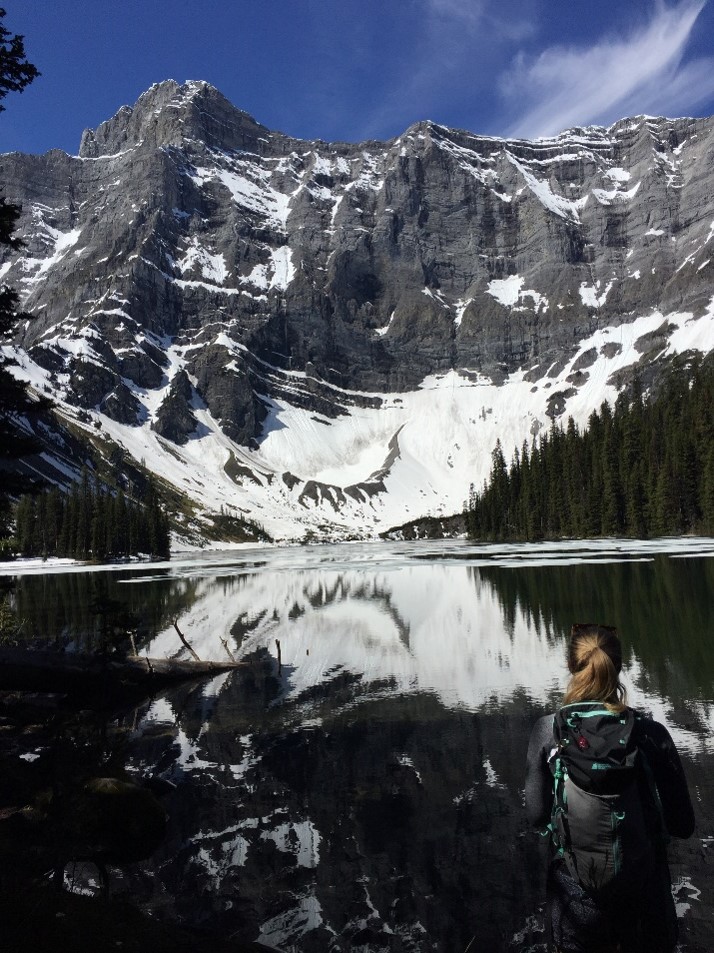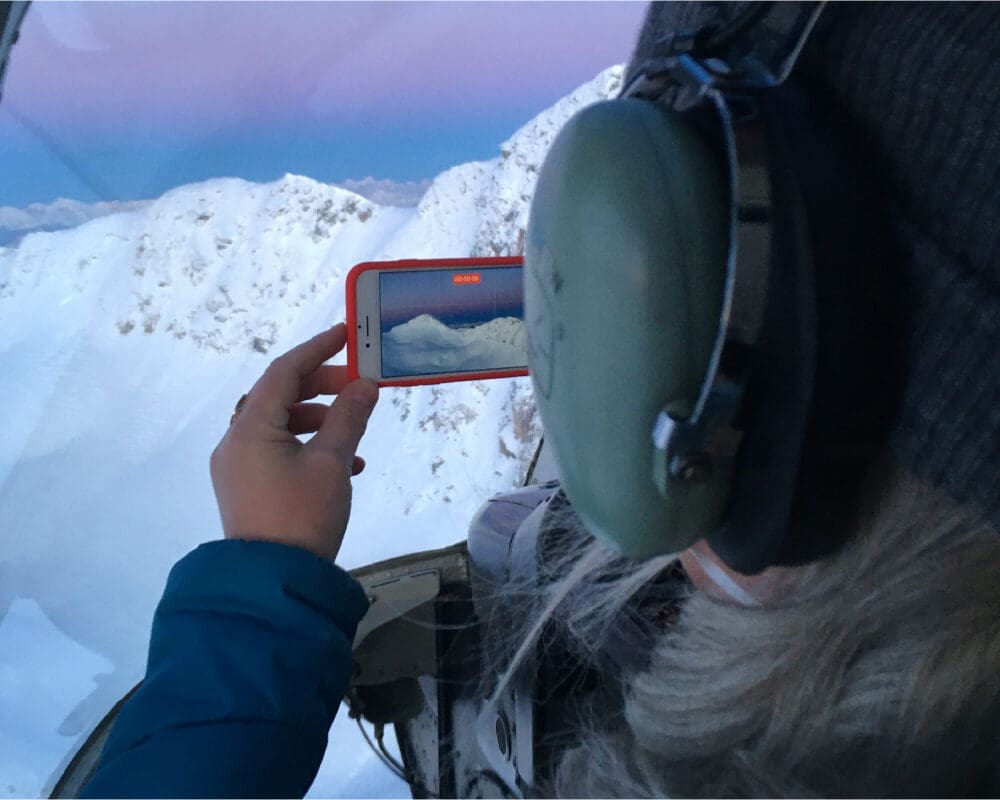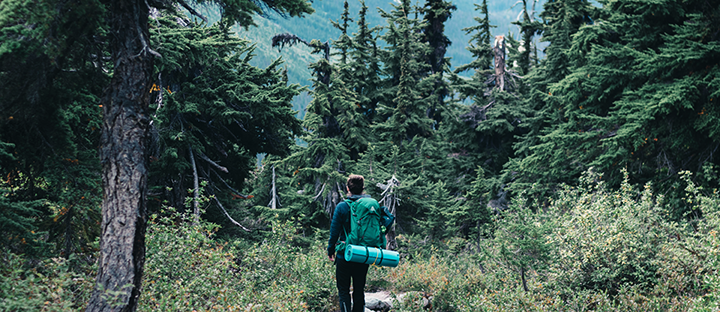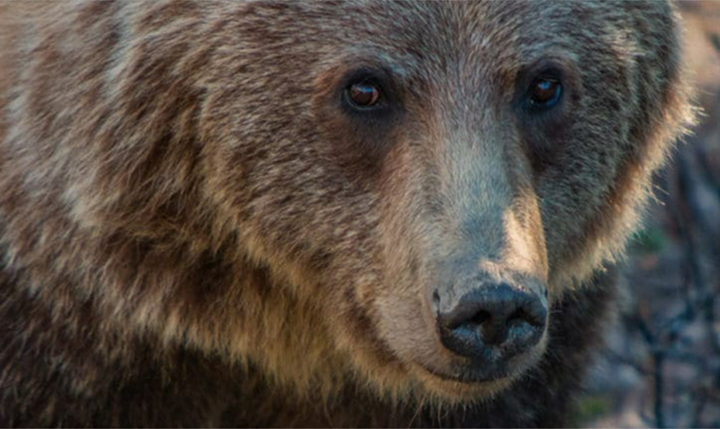As Y2Y’s recreation ecology intern, Brynn McLellan’s contributions have been essential in a better understanding of recreation in the Yellowstone to Yukon region as part of a multi-year research project with UNBC.
Get to know more about Brynn and her work:
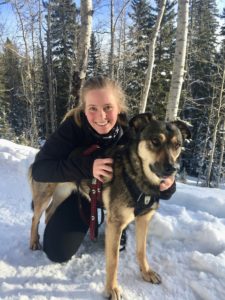
Brynn: Growing up in Calgary, Alberta, it’s been a privilege to study, work and play in the Canadian Rocky Mountains and Treaty 7 territory my whole life.
My academic background is in ecology, wildlife management and conservation. I use statistical tools to better monitor and manage wildlife populations and their habitats.
Recently I completed my master’s at Trent University, with graduate work that examined how environmental and human factors shape black bear density patterns across Ontario. In the past I’ve also taken part in human-coyote coexistence projects, grizzly bear population monitoring, dairy cow welfare research, and environmental education.
Throughout my studies, I have been drawn to research projects related to wildlife management, especially those grounded in science that collaborate and consult with local communities and partners.
Y2Y embodies many aspects I value in environmental conservation and is a leading example of how scientific research, collaboration and action can meet to better connect and protect extensive landscapes.
As a Y2Y conservation science Intern, I work alongside Annie Loosen, Pam Wright, Libby Ehlers, and Talia Vilalta on Y2Y’s recreation ecology research project.
The project study area focuses on two places in the Yellowstone to Yukon region: the Kananaskis-Ghost in Alberta and Upper Columbia of British Columbia. The area is a mosaic of parks, private and public lands and home to many wildlife species, including grizzly bears, wolverines and bighorn sheep.
Centered in an increasingly popular area for outdoor adventure tourism and recreation, this research will build a better understanding of where people are recreating and what types of recreation are occurring across the study area.
Starting in 2020, I volunteered for the recreation ecology project while completing my master’s. I am delighted to be joining the team full time this fall. My role in data management and analysis includes modeling suitable habitat for grizzly bears across the study region and working on quantifying and comparing different methods for measuring human recreation.
From the beautiful landscapes, wildlife, and abundant recreational opportunities, the Canadian Rocky Mountains are an important landscape for many people — and habitat for wildlife. I am delighted to be working on a research project close to the places I have explored and studied.
It’s exciting to contribute to research that supports wildlife and their habitats, as well as access to high-quality recreation in key parts of the Yellowstone to Yukon region.
Y2Y: Do you have a favorite hike in the Kananaskis-Ghost?
One of my favorite hikes is Three Isle Lake in Kananaskis. It was one of the first backpacking tips I took as a child and I have many fond memories of that first trip and subsequent backpacking trips there.
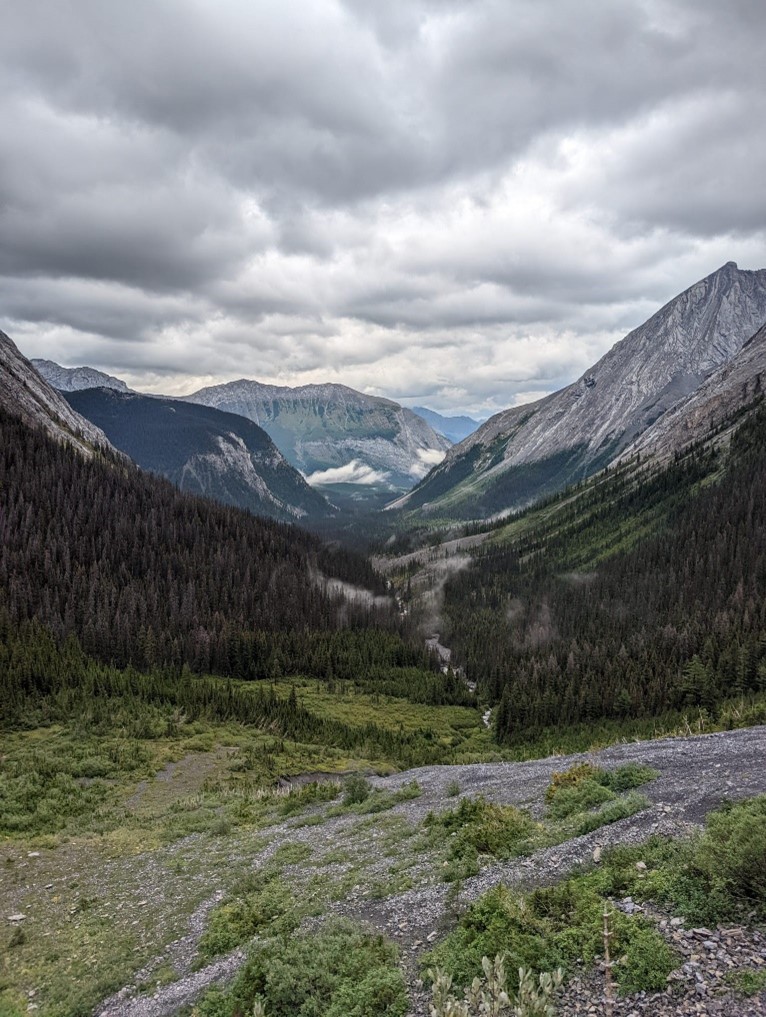
What is your favorite animal or plant?
Having spent the last two years working with black bears and grizzly bears for my MSc, I would say these species are two of my favorites.
How did you first find out about Y2Y?
I was first introduced to Y2Y when I was in high school. Since then, Y2Y has acted as a leading example and inspiration of collaborate, landscape-level conservation and has been a key factor behind my decision to pursue wildlife management and conservation as a career.
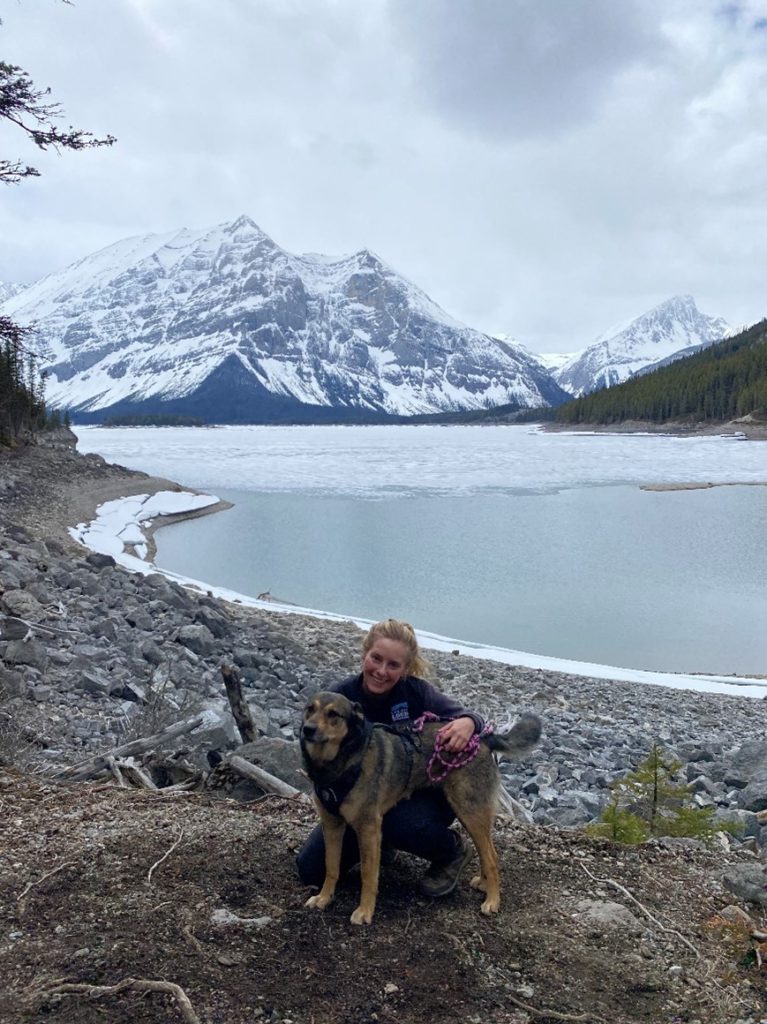
Do you have a pet? What kind of pet, and what is their name?
Wylie is my rescue dog. She is a great companion for many outdoor adventures!
